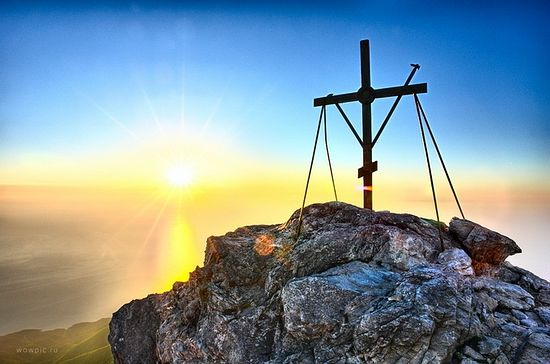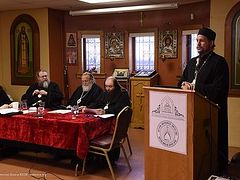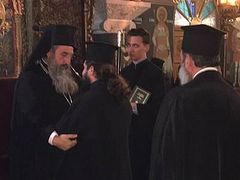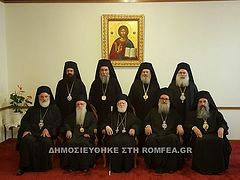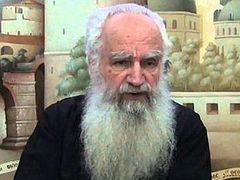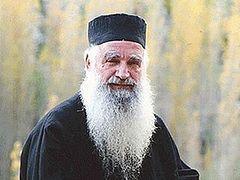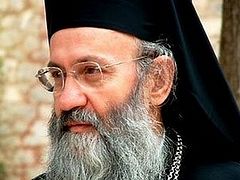Moscow, March 31, 2017
According to the Greek site vimaorthodoxias.gr, more than fifty Athonite monastic kalyves and cells have ceased commemoration of Ecumenical Patriarch Bartholomew of Constantinople, as reported by a monk of one of these cells.
These small monastic dwellings have taken this step in response to the “ecumenical course” of the Patriarchate of Constantinople, especially following last June’s “Great and Holy Council” which gathered representatives of ten of the fifteen autocephalous Local Orthodox Churches, producing documents that several Synods, hierarchs, clergy, theologians, and monastics have taken issue with.
As previously reported, prominent theologian Archpriest Theodore Zisis announced on the Sunday of Orthodoxy that he was ceasing commemoration of his local hierarch of Thessaloniki, as had another priest, Fr. Nicholas Manolis. The same day, four Crete priests made the same move, although one has since resumed commemoration. Bishop Longin (Zhara) of Banchensk of the Ukrainian Orthodox Church has taken a similar stand, as have a host of clergy of the Moldovan Church and of the Romanian Orthodox Church.
Those who have ceased commemoration have not sought to join another or form their own synod, but rather have decided to practice a “walling off” as a form of protest, without committing the grave sin of schism. These hierarchs, monasteries, and fathers appeal to Canon 15 of the First-Second Council held in Constantinople in 861, presided over by St. Photios the Great, which states that if a bishop clearly preaches a heresy previously condemned by either a council or the holy fathers, priests are allowed to cease commemorating him in the Liturgy, and are to face no canonical penalties.
Objections following Crete have mainly been focused on the text “Relations of the Orthodox Church With the Rest of the Christian World,” which many feel gives, at best, an imprecise understanding of the Orthodox Church as the one and only true Church of Christ, or at best, contradicts this self-understanding.
Met. Athanasios of Limassol, who did not sign the controversial text, wrote after the council:
I maintain that giving the title “Church” to heretical or schismatic communities is entirely incorrect from a theological, dogmatic and canonical perspective because the Church of Christ is one, as also stated in Article 1, and we cannot refer to a heretical or schismatic community or group outside the Orthodox Church as “Church”… I humbly maintain that texts of such importance and prestige as those of the Holy and Great Synod of the Orthodox Church must be very carefully formulated with theological and canonical precision in order that these ambiguities or untested theological terms do not also give rise to incorrect expressions which could lead to misconceptions and distortions of the correct attitude of the Orthodox Church.
Cells and kalyves on Mt. Athos are smaller monastic dwellings that are dependencies of the ruling monasteries. It is also reported that two of these twenty ruling monasteries on Mt. Athos are also considering ceasing commemoration of the patriarch.

